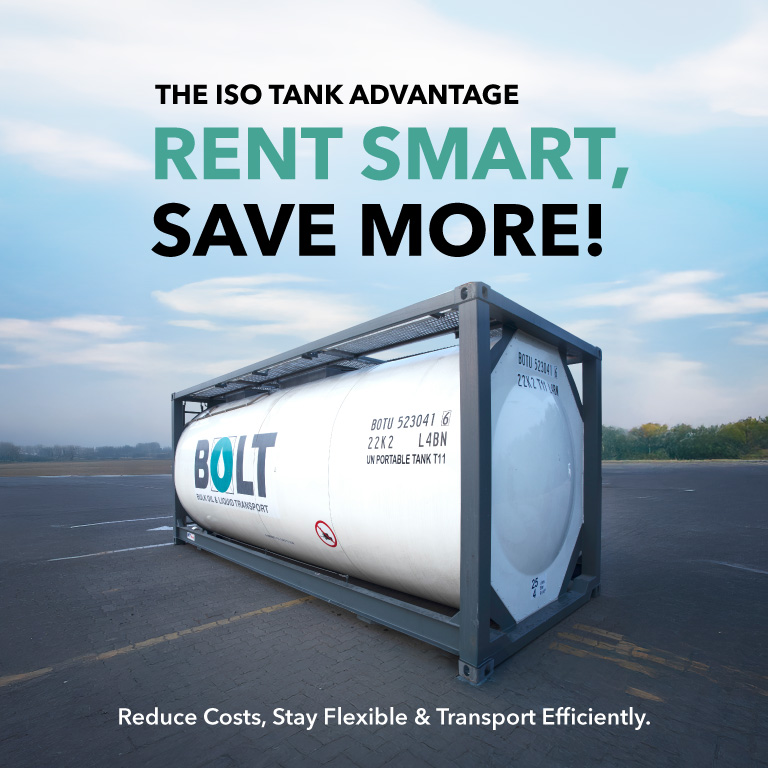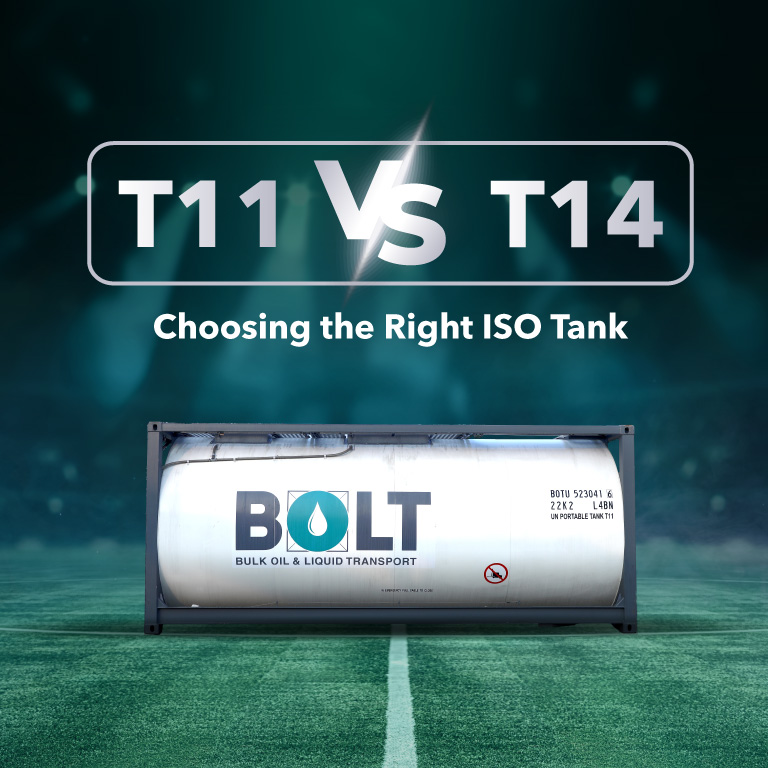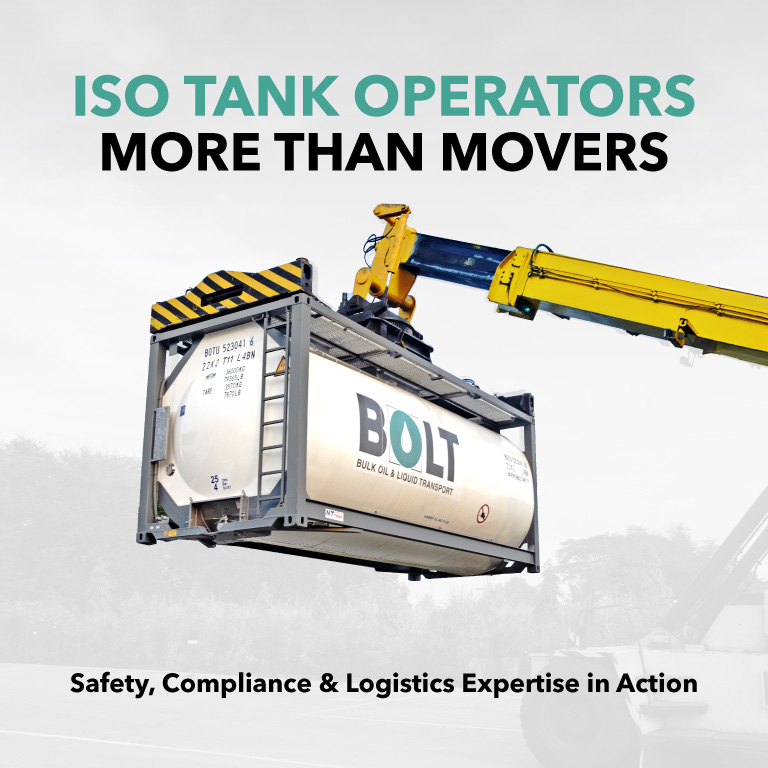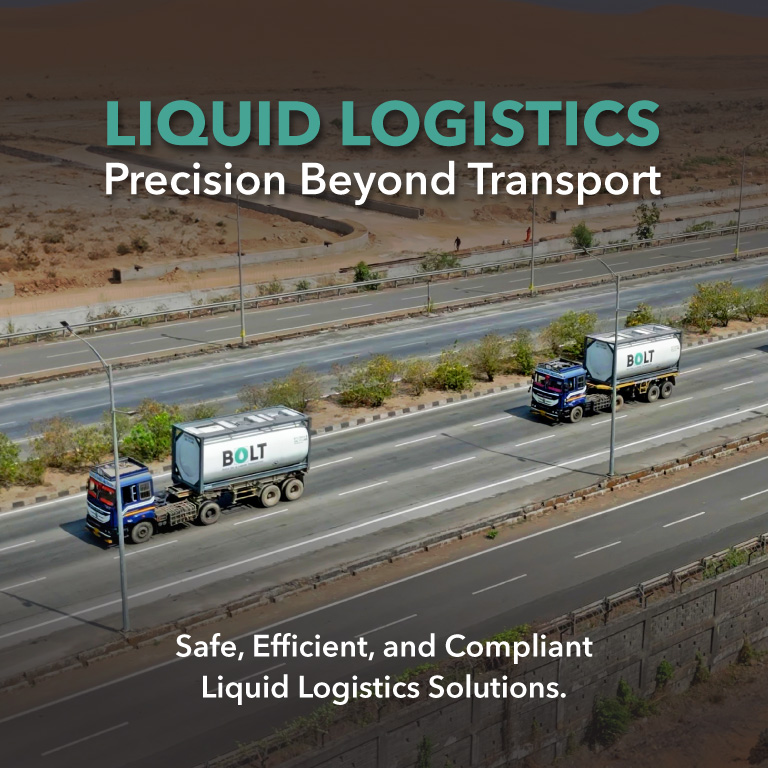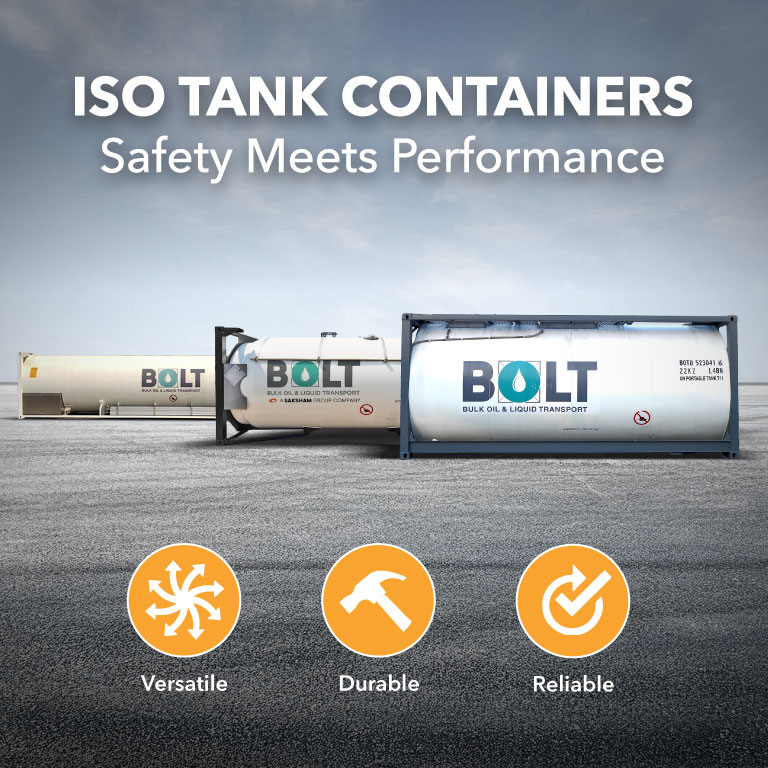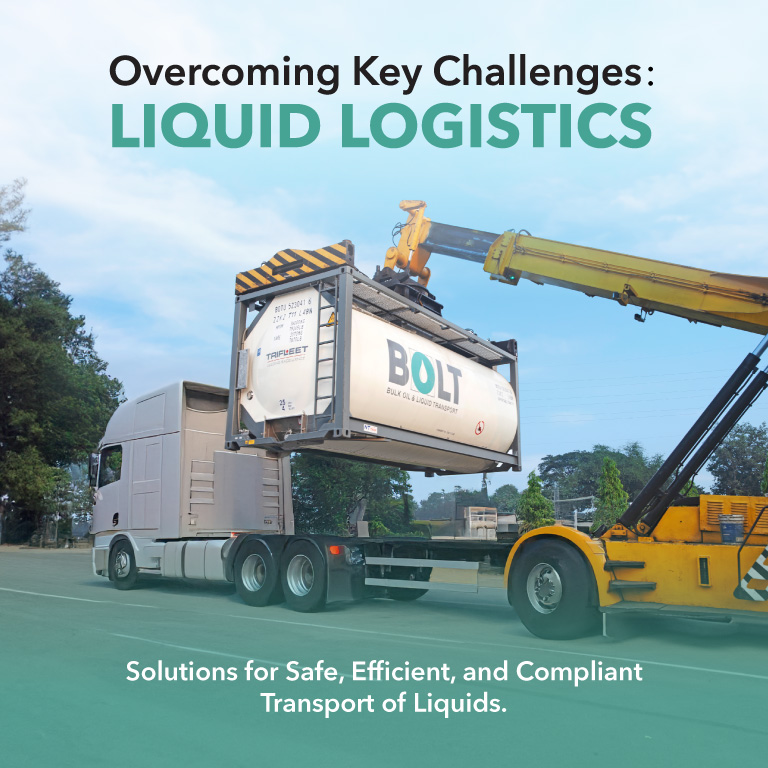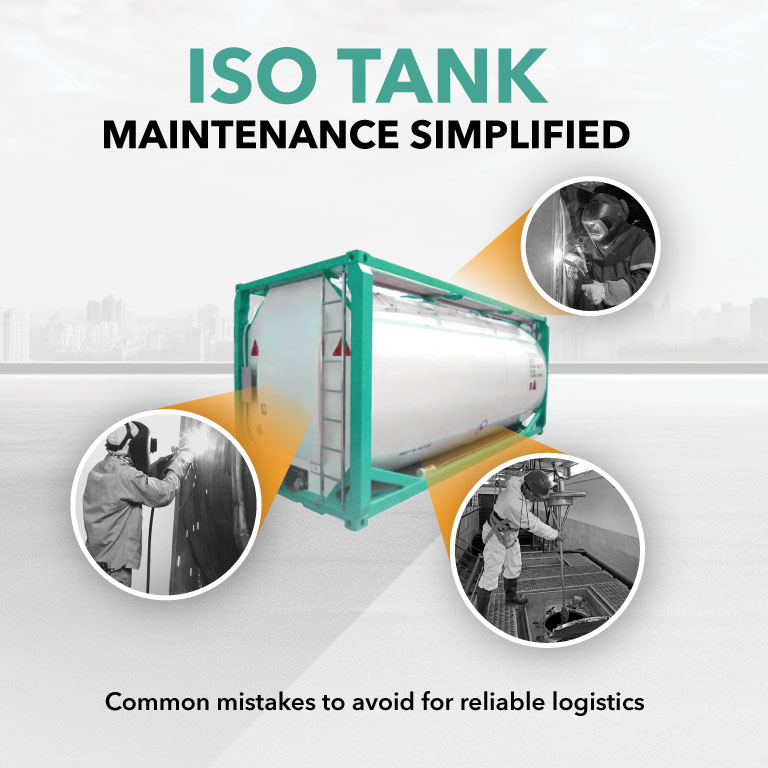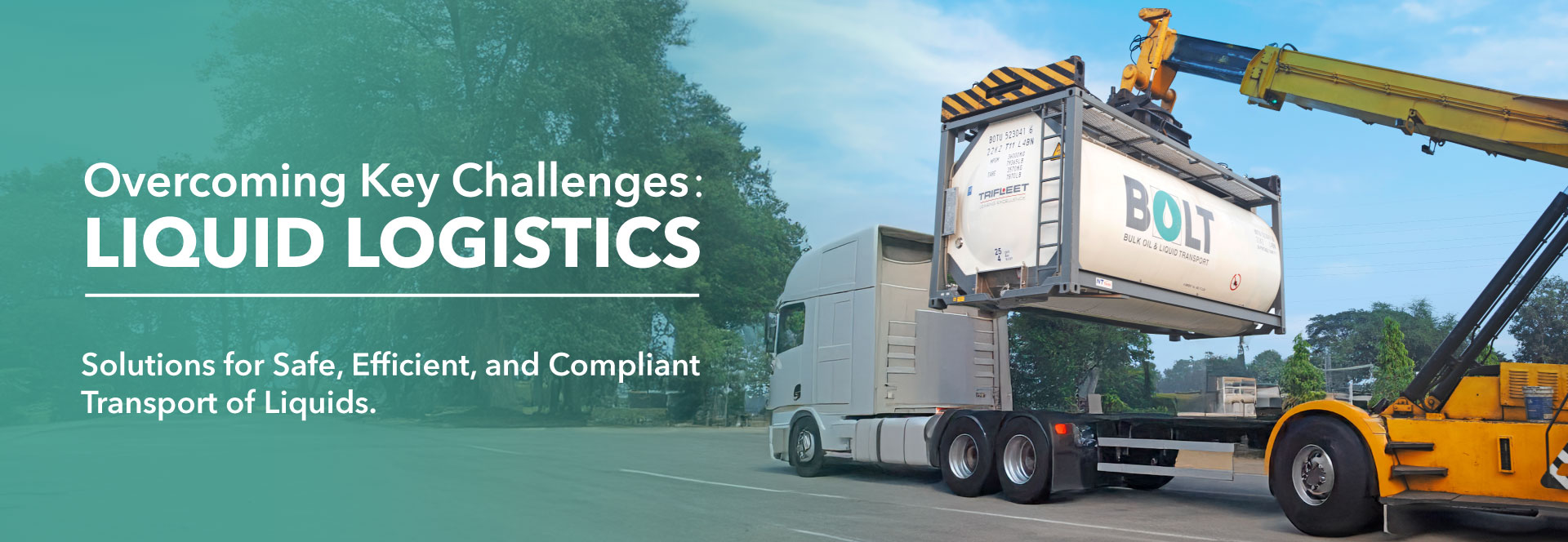
Liquid Logistics: Key Challenges and Solutions for Seamless Transport
Liquid logistics plays a vital role in industries ranging from chemicals and food-grade liquids to pharmaceuticals and oil. However, it comes with its own set of unique challenges. These challenges require precise solutions to ensure the safe, efficient, and compliant transport of liquids. In this blog, we’ll explore the top hurdles in liquid logistics, including temperature control, spill prevention, and regulatory compliance, and discuss effective strategies to overcome them.
- Temperature Control: Maintaining the Right Conditions
Liquid products, especially those in sensitive industries like food and pharmaceuticals, often require strict temperature control during transit. Failure to manage temperature can affect product integrity, safety, and quality.
Challenge:
Temperature-sensitive liquids can spoil or react if exposed to conditions outside the required range.
Solution:
- Invest in Temperature-Controlled Containers: Using refrigerated or insulated ISO tanks ensures that the liquid cargo stays at the correct temperature during transit.
- Real-Time Monitoring: Equip containers with IoT sensors that monitor and report temperature fluctuations, ensuring quick action if a deviation occurs.
- Pre-Trip Inspections and Careful Planning: Before transport, perform thorough inspections to ensure tanks are functioning correctly and plan routes to avoid temperature extremes.
- Spill Prevention: Safeguarding the Environment
Spills during liquid transportation can lead to environmental damage, regulatory fines, and significant cleanup costs. Spill prevention is one of the primary concerns in liquid logistics.
Challenge:
Leaks or spills due to mishandling, faulty equipment, or rough transport conditions pose significant risks.
Solution:
- Baffle Tanks: These tanks have internal partitions that reduce liquid movement and prevent spills, even during rough transport.
- Regular Maintenance and Checks: Properly maintaining tanks, pumps, and valves is essential to prevent leaks and ensure safe transport.
- Employee Training: Ensuring staff are properly trained on handling hazardous materials and tanks can reduce human error, minimizing spill risks.
- Regulatory Compliance: Navigating Legal Requirements
Regulations governing liquid logistics vary globally, with strict rules in place to ensure the safe transport of hazardous materials. Staying compliant with these regulations is essential to avoid penalties and ensure the safety of cargo and people involved.
Challenge:
Constantly changing regulations and varying local laws make compliance a challenging and ongoing process for liquid logistics providers.
Solution:
- Stay Up to Date with Regulations: Regularly review national and international guidelines on transporting hazardous and non-hazardous liquids to ensure compliance.
- Use Compliance-Ready Equipment: Choose tanks and containers that meet safety and environmental standards, such as those approved for transporting food-grade liquids or hazardous chemicals.
- Collaborate with Experienced Partners: Work with logistics providers that are well-versed in regulatory standards, ensuring compliance across all stages of the logistics process.
- Handling Hazardous Liquids: Safety Protocols
Transporting hazardous liquids requires special handling to prevent accidents, contamination, and exposure to harmful substances. Safety is paramount to avoid environmental damage and protect workers.
Challenge:
Hazardous liquids can cause significant harm if not transported in accordance with safety guidelines.
Solution:
- Specialized Tanks for Hazardous Liquids: Use tanks specifically designed to handle the properties of hazardous liquids, such as those made of corrosion-resistant materials and with secure sealing mechanisms.
- Emergency Response Plans: Prepare for accidents with well-defined emergency procedures, including spill containment, first-aid measures, and immediate response protocols.
- Adhere to Safety Protocols: Regular risk assessments and adherence to safety protocols ensure the secure transport of hazardous liquids.
Conclusion
Liquid logistics presents a series of challenges, from temperature control and spill prevention to ensuring regulatory compliance and safe handling of hazardous liquids. By implementing the right equipment, technology, and processes, companies can ensure a seamless and efficient liquid logistics operation. With strategic planning and continuous improvement, businesses can overcome these obstacles and achieve a higher level of safety, efficiency, and reliability in liquid transport.
Blog by:




